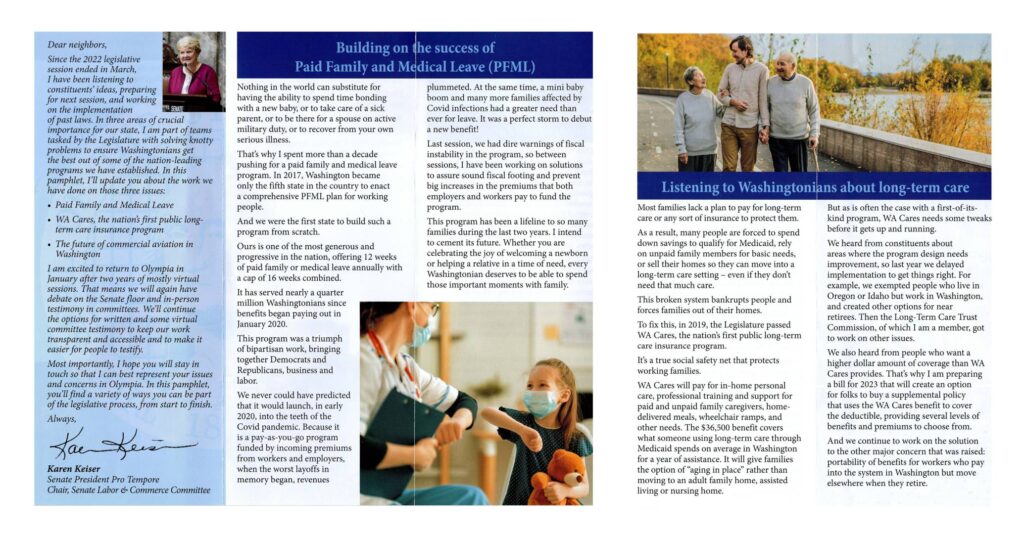Notes:
The people of the 33rd District have a love hate relationship with SeaTac International Airport. It provides hundreds of family wage jobs and economic growth, but at a high cost in noise and air pollution, with potential public health effects for those living closest to the jet fuel emissions of landings and takeoffs.
But we are at the start of the greatest transformation in flight since the development of the jet engine. Startups and established airlines like United are investing in electric, hybrid and hydrogen fuel planes, as well as sustainable aviation fuel that does not generate petroleum particulates. We will not build another dirty, noisy international airport like SeaTac. We intend to create an environmentally and socially responsible Airport of the Future.
Demand for flights into the Puget Sound is projected to more than double by 2050, to more than 100 million passengers per year. SeaTac can’t handle that much traffic. With a mere 2,500 acres, it has one of the smallest footprints of any international airport in the country, and there simply is no more space or time to be found. That’s why, in 2019, a bipartisan proposal in the Legislature created the Commercial Aviation Coordinating Commission to find a solution. Rep. Tina Orwall and I both serve on this commission.
Over the last three years, we reviewed airports all around the Puget Sound region but found none willing or able to expand to meet our coming need. Next, a study of possible “greenfield” sites for a new airport resulted in three possibilities: rural areas in central Pierce County, eastern Pierce County, and central Thurston County. We are continuing to search for other potential new sites, with community input.
While much remains to be determined, we know this Airport of the Future will be very different from today’s commercial service airports. Planning will go into environmentally responsible ground transportation, flight operations and growth. Similar efforts will help us transform SeaTac to make its operations less environmentally harmful too.
As an environmentally responsible engine of growth, this Airport of the Future will become a powerful tool to provide good jobs and cutting-edge infrastructure that will spur shared prosperity.
We all want to leave a better state for our children and our children’s children. To achieve that better future-one with quieter, cleaner, more convenient aviation we must envision it now and undertake the hard work to begin building it. It will take decades to build, but we have to decide now for a better future.
